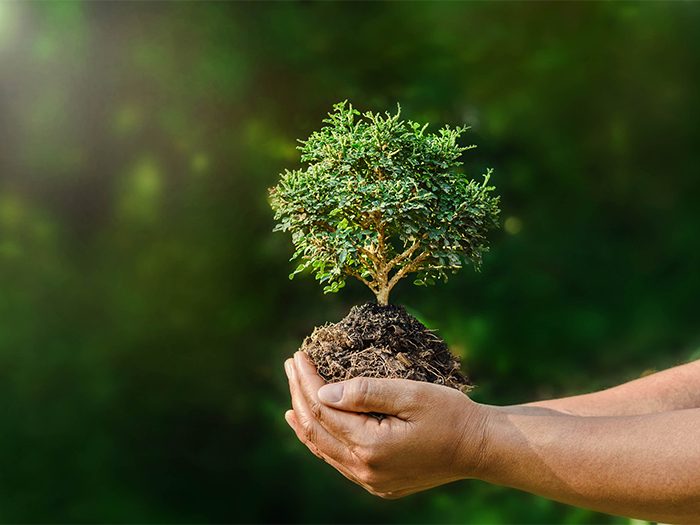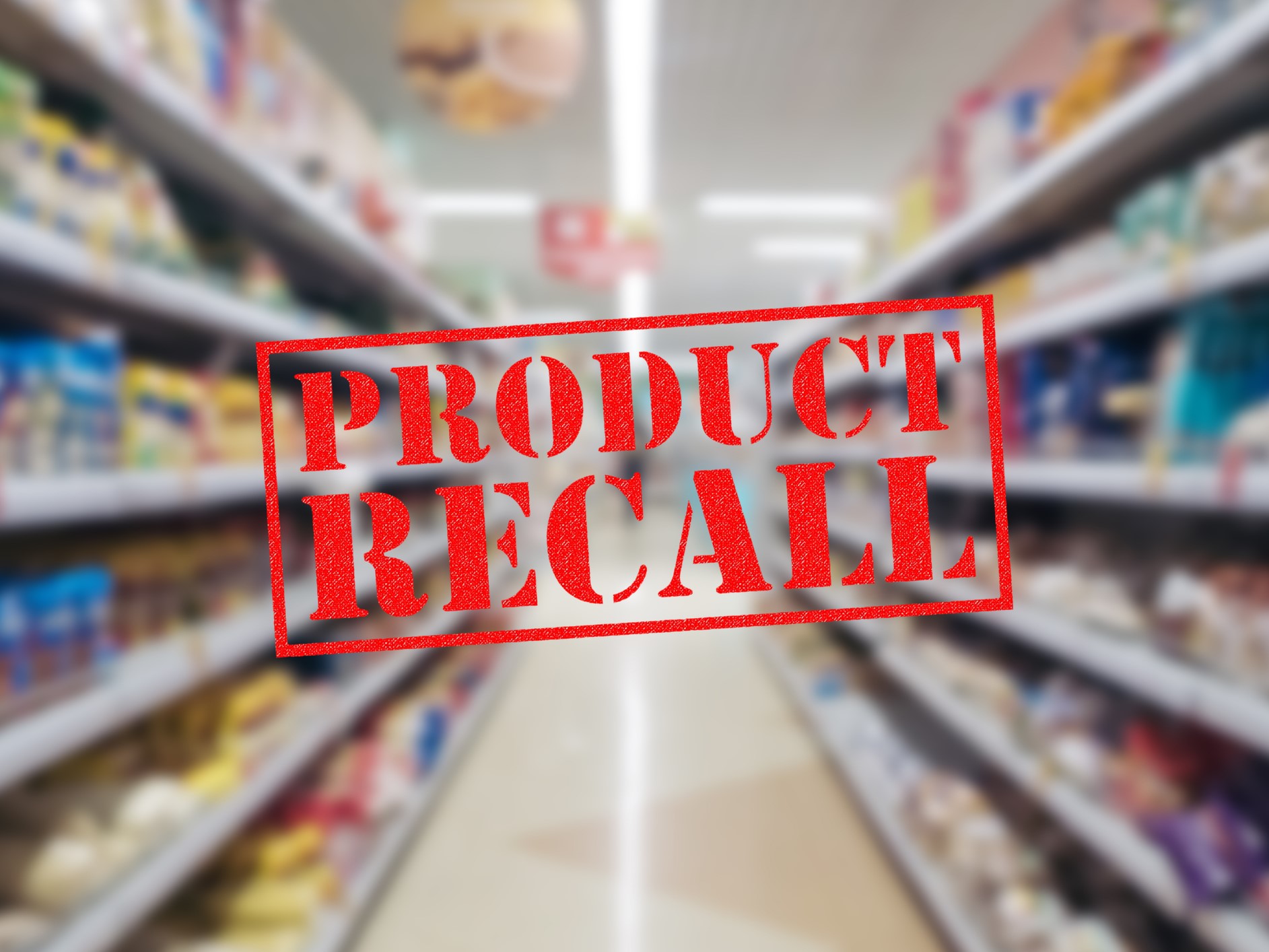5 Critical Risks Facing the Environmental Insurance Sector

When it comes to the human condition, we like to see change happen before our eyes or else we get impatient. Instant gratification is the reason for failed diets, credit card debt and Amazon Prime.
Those in the environmental insurance sector know that instant gratification doesn’t exist when it comes to the climate; change — for better or for worse — is gradual and usually not noticed until it’s already brought its after-effects.
“The environment is impacted by humans, by development, by overpopulation, by the appetite to consume, and pressure is being applied to our natural resources and in areas they are coming up short,” said Chris Smy, Marsh global environmental practice leader.
The pressure that he speaks of will come in the form of financial burdens placed on entities that contribute to the depletion of natural resources. To avoid environmental claims, businesses must be aware of harmful practices and the emergence of new or undetected risks.
Underwriters know that in a constantly changing environmental landscape, the margin of risk is never consistent and that critical risks are determining how claims are handled in the environmental sector.
Here are five critical risks that are changing environmental insurance policies today:
1) Mold
Although mold has been around for thousands of years, the environmental sector is seeing an influx of mold claims and a need for a more consistent solution to the complex cleanup process. An increased awareness of mold and its contribution to air quality and health problems emerged in the early 2000s.
From 2000-2001, mold claims in the United States jumped from virtually zero to 12,000.

Chris Smy, global environmental practice leader, Marsh
Mold consciousness increased in 2002 after a couple in Dripping Springs, Texas, were forced to move out of their 22-room mansion due to rampant, toxic black mold that made their whole family sick.
“As the economy has grown and commerce has accelerated what has been a long recovery run, we’re seeing more corporations acquiring and refurbishing properties,” said Smy of the mold awareness that changed how the sector handled legacy and water intrusion claims.
Mold claims are particularly prolific in areas of high moisture, which is usually in coastal cities prone to hurricanes.
After hurricane season, the southern-Atlantic U.S., on top of infrastructure damage leading to property claims, is also susceptible to water-intrusion, pollution and mold claims.
2) Erratic Weather
In May 2019, uninterrupted rainstorms hit the southeast U.S., resulting in major flash-flooding.
Mississippi’s water-level stayed above flood-risk for three months, which is the longest period the state has been at flood-risk since the Great Flood of 1927.
While the rest of the country has not been exposed to the same level of extremity, rainfall is undoubtedly increasing all over the country, according to data collections.
As the earth warms the oceans, higher temperatures can supercharge coastal storms.
“Science is beginning to conclude that when these storms hit a coastal area, there’s an increased risk that they stall,” said Smy.
But even if flooding doesn’t cause damage to infrastructure, there is a certain amount of pollution that comes with any natural catastrophe such as hurricanes, fires or earthquakes.
3) PFAS
Scientists have always known what it takes to make a product, but they are now becoming more aware of the dangers single ingredients can possess.
Perfluorooctanoic acids, also known as PFAS, are part of a large family of man-made chemicals with unique physical properties that make them water- and oil-repellent, extremely heat-resistant and have surfactant properties.
It is these qualities that had PFAS included in the DNA of seemingly harmless, everyday objects like pizza boxes and hamburger wrappers, in nonstick cookware, in water-resistant materials like jackets, tents and tarps, in spray-on stain resistant solutions and in aqueous firefighting foams.
Read More: The ‘Next Big Environmental Threat’ Is Already Here
However, PFAS are being linked to low immune systems, increased cholesterol, hypersensitivity and an increased risk of testicular, kidney, liver and pancreatic cancers.
As technology in business production becomes more advanced, so does knowledge of the production process.
Popular food-chains Sweetgreen and Chipotle were recently found to use disposable bowls that contain traces of PFAS and found themselves at the center of a scandal.
“It’s quite prolific,” said Smy of the chemical’s odorless and colorless presence in a wide variety of products.
Instead of being eliminated, alternatives to the chemical are just being replaced in smaller doses because of low monetary costs. Chemicals of the PFAS family have been used on the market since the 1940s, making it a constant presence and a threat that is difficult to eradicate.
In a 2016 study, Harvard researchers estimated that six million Americans got their drinking water from sources that contain an amount of PFAS that exceeds the Environmental Protection Agency health guidelines.
4) Fracking
Oil and fracking companies used to carry out their practices with much less subtlety than they do now.
Given away by the deep smell of sulfur and rusted cranes, oil companies had a hard time hiding their environmental threats. Along with the technology to harness effective drilling practices, there is now a heightened sense of environmental awareness that society lacked 30 years ago.
While non-sustainable entities are the first to be hit with financial burdens and regulations, a fracking-friendly society feels like it could be taking policies a step backward and in the wrong direction.
As the U.S. becomes almost completely energy independent thanks to government incentives that included a roll-back of fracking regulations, exportation is what’s keeping environmentalists on their toes; they still have lingering nightmares from the 2010 BP oil spill.
“With an oil boom in the United States, all that product is being transported, so we’ve seen a number of events from train derailment and pipelines,” said Smy. “Any time you have more product being moved, you’re going to have more risk.”
5) Overpopulation
According to the United Nations, the world population is expected to hit 11.2 billion by 2100.
Overpopulation is perhaps the most obvious and most distant, but likely the most dangerous.
With diseases eradicated, the lack of external threats and increased fertility and longevity, the population has more than tripled in the last 70 years, averagely increasing by 1 billion every 20 years.
Although unsettling, scientists predict the earth can only sustain around 10 billion. Overpopulation is a broad risk that can lead to more specific consequences such as soil depletion, water and food shortages and the increase in heat-trapping emissions.
“It goes without saying that as resources become scarce and further under pressure, then naturally society begins to value those resources differently.” said Smy. “I see the future being a continuation of where it is now, with some acceleration.”
When it comes to the population capacity, this may be the final bridge that we can’t afford to burn. &










